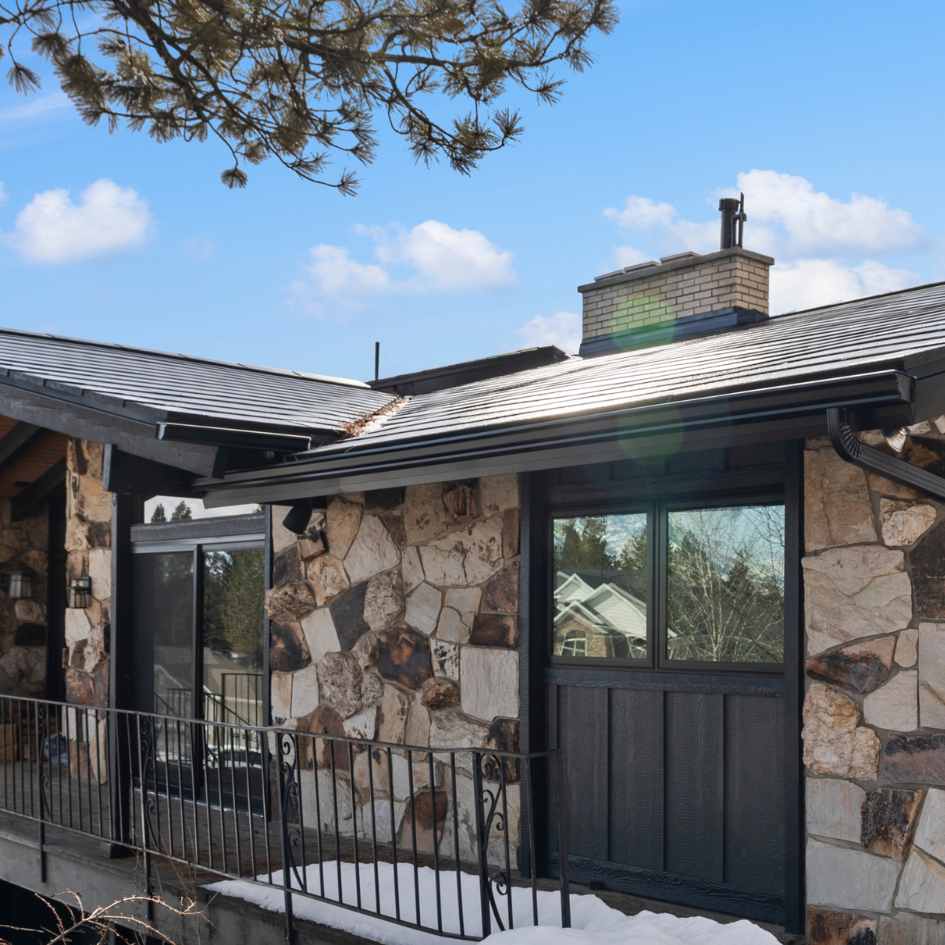When it comes to home improvements, the focus is often on aesthetics and curb appeal. While these are important aspects, homeowners shouldn’t overlook the critical role that siding plays in the energy efficiency of their homes. The right choice of siding material and proper installation can significantly impact energy consumption, providing not only comfort but also long-term cost savings. In this article, we delve into the importance of siding in energy efficiency and how it can contribute to a greener, more sustainable home.
1. Insulation Matters:
One of the primary ways siding influences energy efficiency is through insulation. Quality siding acts as a protective barrier, preventing heat transfer between the interior and exterior of the home. Insulated siding, in particular, goes a step further by adding an extra layer of thermal resistance, keeping homes cooler in the summer and warmer in the winter.
2. Reducing Heating and Cooling Costs:
The right siding can significantly reduce the need for constant heating or cooling within the home. In colder climates, insulated siding helps retain indoor heat, minimizing reliance on heating systems. Conversely, in warmer climates, it acts as a barrier against the scorching sun, reducing the strain on air conditioning units.
3. Energy-Efficient Materials:
Opting for energy-efficient siding materials, such as insulated vinyl or fiber cement, can enhance a home’s overall performance. These materials are designed to resist heat transfer, providing better temperature regulation inside the house.
4. Preventing Air Leaks:
Properly installed siding creates a tight seal around the home, preventing air leaks that can contribute to energy waste. Even small gaps or cracks in siding can allow conditioned air to escape, leading to increased energy consumption as heating and cooling systems work harder to maintain a comfortable temperature.
5. Moisture Management:
Moisture infiltration can compromise a home’s insulation and contribute to energy loss. Quality siding with effective moisture management features helps protect against water damage, preserving its insulating properties and maintaining energy efficiency over time.
6. Reflective Properties:
Certain siding materials have reflective properties that can bounce sunlight away from the house. This reduces the absorption of heat and helps keep the interior cooler, especially during the warmer months. Reflective siding can be particularly beneficial in regions with intense sunlight.
7. Long-Term Cost Savings:
While the initial investment in energy-efficient siding may be higher, the long-term cost savings are substantial. Reduced energy consumption translates to lower utility bills, making it a financially savvy choice for homeowners looking to invest in sustainable living.
8. Environmental Impact:
Energy-efficient siding not only benefits homeowners but also contributes to a smaller carbon footprint. By consuming less energy for heating and cooling, homes with efficient siding make a positive environmental impact by reducing greenhouse gas emissions associated with energy production.
In conclusion, the importance of siding in energy efficiency cannot be overstated. Homeowners looking to create a comfortable, sustainable living environment should carefully consider the type of siding they choose. Beyond enhancing curb appeal, the right siding can contribute to a home that is both environmentally friendly and cost-effective in the long run. Invest in energy-efficient siding today for a more comfortable and sustainable home tomorrow.

